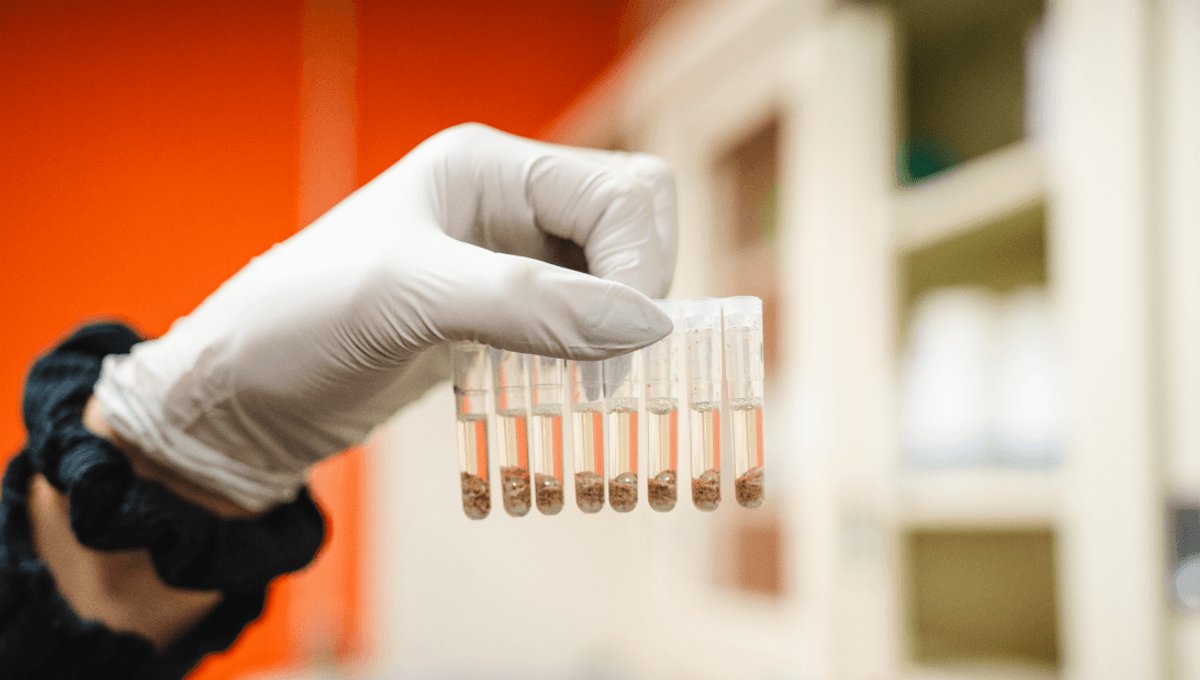
In 1878, the James R Bentley was headed for Chicago when it sank in Lake Huron. The crew were rescued, but its shipment was not: bucket-loads of a rye variety that no longer exists today. However, the capsizing schooner would not be the seeds’ end, as 145 years later a team of scientists have retrieved the seeds – and what’s more? They plan to turn them into whiskey.
The shipwreck was lost for over a century, but located again by 1984. Zoom ahead 40 years to September 17, 2024, and two boats head out armed with special metal tubes for extracting the seeds and, hopefully, keeping them viable. They were able to scoop up a significant amount, but then it was a race against time as oxygen and conditions warmer than the depths where they’d been lurking could destroy any viability that remained in the 145-year-old seeds.
Named Bentley rye after the shipwreck, the rye seeds were rushed to the labs of Michigan State University (MSU) where Associate Professor Eric Olson – an expert in wheat breeding and genetics – was cautiously optimistic that they might be able to germinate them.
“It was so exciting to potentially achieve what we set out to do, which was to revive this variety and bring back a piece of agricultural history,” he said in a statement. “The idea of the seeds germinating is so exciting, but the odds are stacked against us because they’ve been underwater for 145 years.”
When he saw the seeds, he described it as “like winning a million-dollar jackpot,” but would it pay out? Initially, the seeds failed to germinate despite being treated with the plant hormone, gibberellic acid, which can break down seed dormancy and stimulate germination – like “Miracle-Gro on steroids,” Olson said.
It seemed that despite looking in decent nick, the seeds no longer had the viable mitochondria required for germination. However, they had a backup plan. Instead, they would extract the seeds’ genetic material, giving it new life by comparing its genome to that of other varieties.
“The seeds aren’t dead at all,” said Olson. “We can revive the genes that were carried in the seeds and use modern genome sequencing techniques to assemble parts of the genome. We’ll be able to sequence the chromosomes of this rye and transfer those chromosome segments into a modern rye variety, essentially reviving a historic rye.”
The hope is the Bentley rye can be combined with another variety known as Rosen rye to create a historic crop that can be distilled into a whiskey from the past, and connect the region with its agriculture in a way that could grow agrotourism in the state.
“If we can introduce the Bentley shipwreck rye chromosome segments into Rosen rye, this will have huge appeal for visitors and create several opportunities for rural farmers,” Olson concluded.
“We want to see Michigan recreate the economy it had built purposefully around growing rye 120 years ago,” added Chad Munger, MSU alum and owner, founder, and CEO of Mammoth Distilling and Consolidated Rye and Whiskey. “One of the ways we can do that is create a market for Michigan rye outside the state. And we’re going to do that with history — Rosen rye and Bentley rye.”
Source Link: Scientists Resurrect 145-Year-Old Shipwreck Seeds. Now, They Want To Make Whiskey